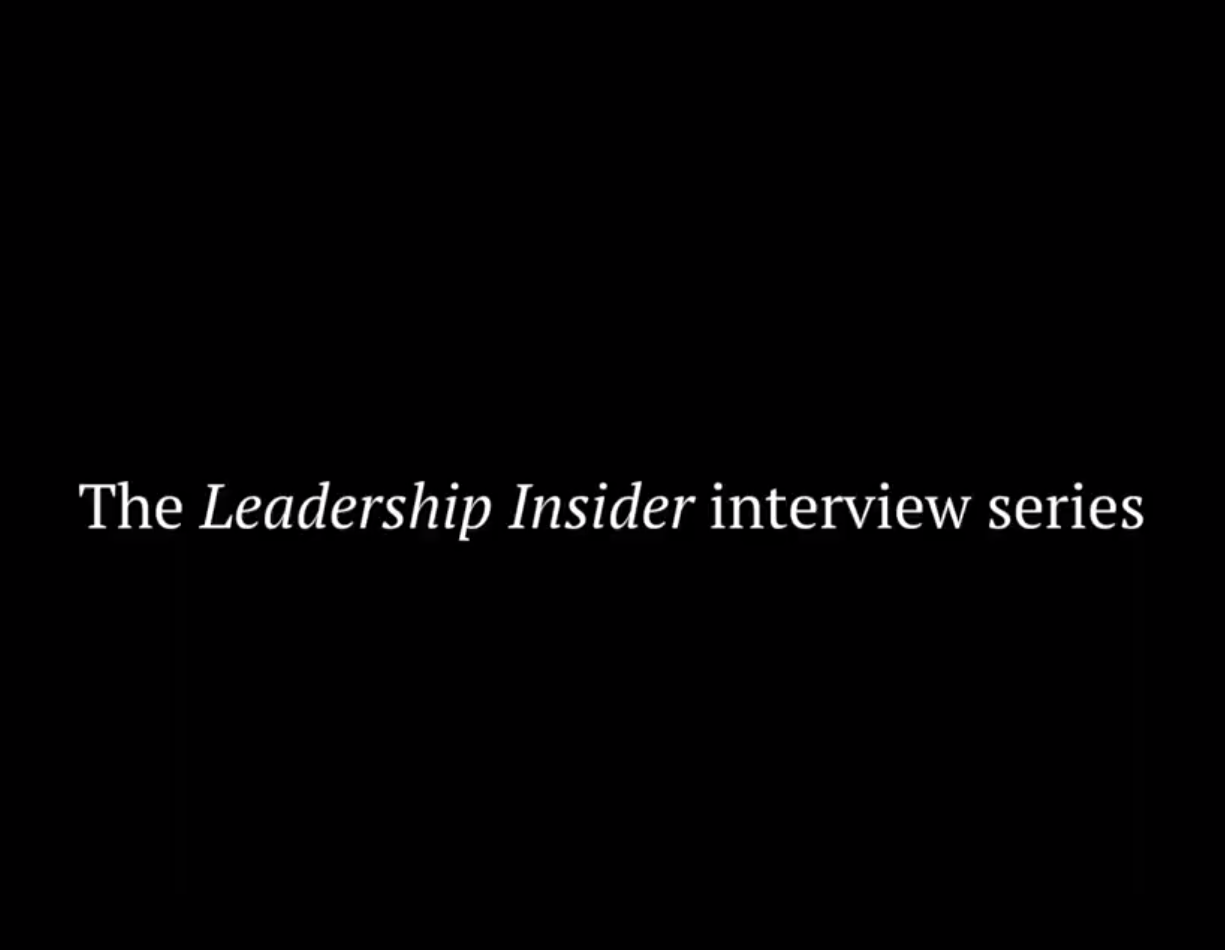Effective Workload Management: Why hiring isn’t the answer to your resource shortages
Too much work, not enough people.
How often do leaders complain about being under-resourced? Chances are, you’ve probably said it yourself at some point. We are in a crisis of talent, and it seems there are never enough people to get it all done.
We hear it all the time, working with leaders across some of the largest organisations in Australia.
But things aren’t always what they seem!
When was the last time you ever heard someone say they have too many resources?
It has likely NEVER happened, right? But it’s almost Law that it won’t ever happen and by Law I mean, Parkinson’s Law. Parkinson’s Law is a concept stating that work tends to expand or contract to fit the available time.
So even if you had the budget to hire more staff (if you could find them) you could still have a disengaged and inefficient workforce. Or in some cases, they’re so disengaged they are searching for new opportunities!
The struggle is real
While your team struggles to keep up with the workload, your customers become dissatisfied, and as always, the business demands increased efficiencies.
Perhaps you’ve tried:
- Setting challenging targets for your team or running campaigns to clear the backlog. However, like a crash diet, the problems tend to resurface.
- Discussing with your team the possibility of discontinuing certain activities? Admittedly, saying no is never easy.
But failing to find ways to achieve this can lead to it being imposed upon you, often in the form of supplier savings or staff reductions, particularly in service-based organisations. It feels like a never-ending cycle, doesn’t it? And if you can’t deliver, maybe there is a restructure around the next corner?
So if hiring isn’t the answer, what is?
This challenge is a familiar one, but exceptional leaders take proactive steps to manage demand and capacity effectively. Here are some starting points:
Data-Driven Insights: Before requesting additional personnel, you need to understand where your current team is investing their time. While people aren’t machines, it’s crucial to have some data, even if it’s an approximate estimate. Be transparent and realistic but avoid timesheets, which can reinforce Parkinson’s Law. Identify all the tasks, their frequency and how long the tasks should take, accounting for team proficiency. Don’t conceal rework. Find the right level of granularity to gain valuable insights without getting bogged down.
Responsive Planning: Armed with insights into your team’s workload, you can make informed decisions regarding training and managing annual leave. Recognise that your employees aren’t at work every day of the year, with as much as 30% of their time potentially spent elsewhere. It’s a significant percentage that warrants careful management and strategic investment.
Reducing Waste with Collaborative Systems Thinking: When cost-cutting becomes necessary, think of it like a balloon. Squeezing the balloon will cause the air to escape between your fingers. Instead, work to take the air out of the balloon entirely – eliminate the need for the cost. Your data can help prioritise where to start. Begin by addressing “failure demand” through collaborative root cause analysis. Failure demand refers to the time spent due to a failure somewhere within the ecosystem, such as fixing, chasing, or responding – it’s essentially wasted time. The data will also highlight activities consuming a significant amount of time, making them ideal candidates for collaborative value stream analysis.
In conclusion, by combining analysis, proactivity, and collaboration, you can effectively manage your team’s workload and overcome cost challenges. This approach will result in increased productivity, higher engagement, and happier customers. It’s a smarter way of working – less stressful and more efficient.
Ready for a bit more on the science of solving a backlog problem? Read this blog here.
Join the QBS Newsletter
Receive free leadership tips and tools right to your inbox!









